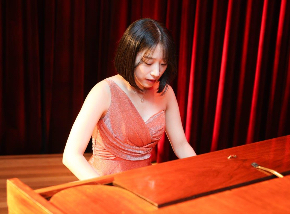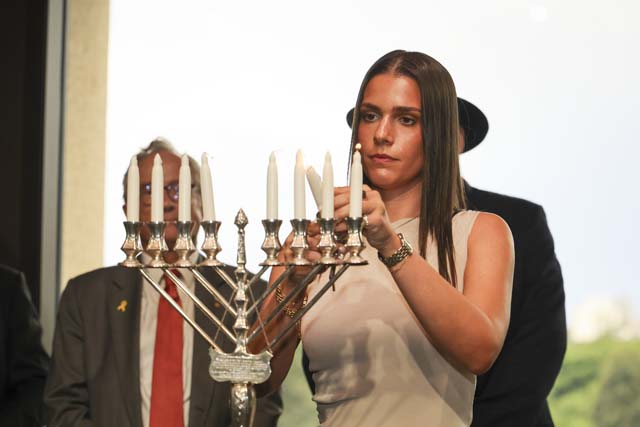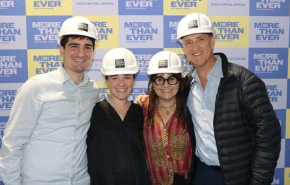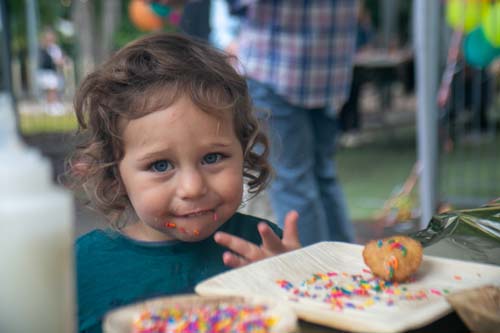What does a Jew look like?…ask the rabbi
Rabbi Raymond Apple answers your questions.
WHAT DOES A JEW LOOK LIKE?

Rabbi Raymond Apple
In my childhood we had a Jewish neighbour who used to watch the people in the street and decide who was Jewish.
I never worked out how he did it. Maybe because he was old he recognised countless people whom he had known all his life.
If this was how he worked, it must have been a blow when new people moved into the district.
I think of this neighbour when we read the Torah portions which devote so much attention to the appearance of the kohanim.
What did they look like? We have such full detail about their costumes and caps that the question is easy to answer.
If we move to more modern times we could ask what rabbis look like. The easy answer is that they have beards, but that doesn’t help at all. There are many bearded people who are not rabbis, and many rabbis who have no beards.
(A former British chief rabbi urged me in my clean-shaven days to acquire “tzurat ha-rav” – “the look of a rabbi” by growing a beard. In the end I did grow a beard, but for quite different reasons.)
Some rabbis wear special rabbinic robes but others don’t, so the question of robes also doesn’t help. It is a rabbi’s qualities and achievements that show him to be rabbinical.
My neighbour was looking however for ordinary Jews (hopefully he did not limit himself to the male population). There are histories of Jewish costume that tell us about Jewish styles of dress and headgear, and histories of Jewish habits that tell us about Jewish modes of gesture and conduct. But none of this evidence tells us who is a Jew.
We recognise a Jew not through their face but their faith – how they bring their Jewishness into every aspect of their lives.
WHO TOOK OUT THE GARBAGE?
Aaron the kohen gadol had the duty of taking out the garbage, clad in his priestly finery. The Jerusalem Talmud explains, “This is to teach you that rank does not count in the palace of the king.”
The philosopher-ethicist Bachya ibn Pakuda comments, “The Creator required him to take out the garbage regularly in order to humble and humanise him and to remove conceit from his heart”. Aaron was a great man, but if a job needed to be done his rank and position were irrelevant.
A synagogue president once said to me, “If the shule floors needed sweeping, I’d be the first to volunteer”. Indeed, doing a menial job like this is good for a leader. It prevents him or her becoming too high and mighty. A leader without people skills is like a general without an army.
If a person is tempted to say, “I’m too important to be doing little things like this”, they ought to be looking at the example of Aaron.
The rabbis point out that everyone bows four times during the Amidah – except for the high priest, who bows at the end of every blessing, and the king, who bows at both the beginning and end of every blessing.
Rashi comments, “The greater you are, the more you need to humble yourself”.
STANDING AT THE ENTRANCE
It sounds like a strange command: “Assemble all the congregation at the entrance of the Tent of Meeting” (Lev. 8:3).
To assemble the congregation, that we can understand. To assemble them at the sanctuary is no problem. But at the entrance? Why not inside?
The command recalls a custom in many cities, to say, “Let’s meet outside the train station” – a convenient rendezvous, whether or not one intends to go into the station and catch a train.
But a mere rendezvous doesn’t seem to be what the Torah has in mind.
Another memory: in the last years of the Soviet regime, Jews would gather outside the synagogue in Moscow to sing and dance on Simchat Torah. Why outside the building? One reason is that most people didn’t know what to do inside a place of worship.
How about this as an explanation of the Torah verse, that even being in the vicinity of the sanctuary enriches one’s feelings?
Maybe the situation is this: since Ibn Ezra says it was the kohanim and levi’im who as representatives of the people entered the sanctuary, the rest of the people waited outside to hear the word of God which the leaders brought back.
Rabbi Raymond Apple served for 32 years as the chief minister of the Great Synagogue, Sydney, Australia’s oldest and most prestigious congregation. He was Australia’s highest profile rabbi and held many public roles.










I think ‘/what does a Jew look like?’ doesn’t mean the garb or costume, but rather the physical features, as given us by the wickedly humorous Eleonara.
We only need to go into the very large room at Yad Vashem that has different faces of Jews covering all the walls, to discover that there is no one ‘look’ for a Jew.
She’s 5ft. 11/2 inches tall, long blonde hair and has green eyes and has a terribly warped sense of humor.